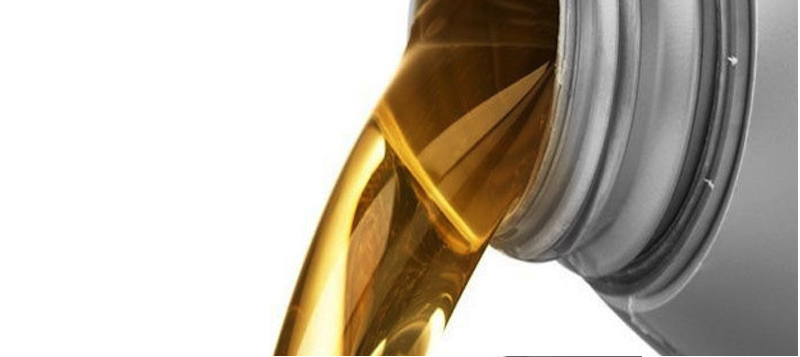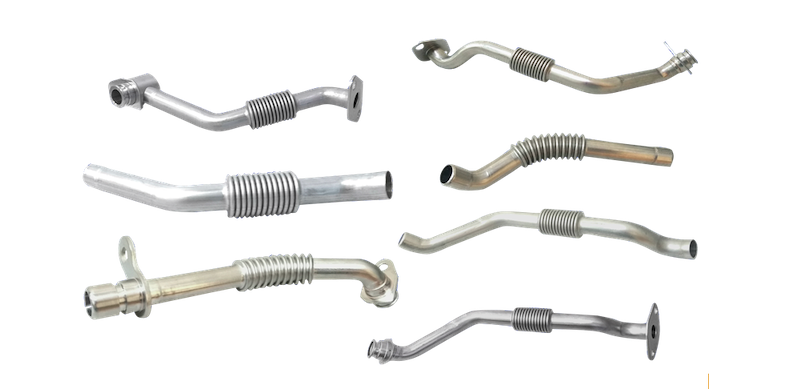Different Materials Used In Hydroforming
Hydroforming may seem like a simple and straightforward process, but it involves many different materials. Each material has certain purposes and properties. Let’s go over the most common lubricants and metals used in hydroforming. (If you have other hydroforming questions, check out this page with FAQs.)
Lubricants Used In Hydroforming

Hydroforming applies high pressures to the metals being shaped in the process. For that reason, manufacturers coat the metal in lubricants before reshaping it. Lubricants offer the following benefits:
- Protection against corrosion
- Increased die and punch life (Increased mold punch life)
- Reduced scratches and galling
Manufacturers get to choose which lubricants they want to have in stock. So there’s no universal list of lubricants used in hydroforming. A typical lineup of lubricants includes those with the following features and benefits:
- Heavy-duty, low-drip lubricant for the outside of tubes during high-pressure hydroforming
- Dry film lubricant that can withstand extreme deformation
- Synthetic lubricant concentrate that works in high-pressure hydroforming
Tube Metals Used In Hydroforming

The tube metal you and/or the manufacturer chooses depends on several factors:
- Cost
- Malleability
- Durability
- Application
- Elongation
- Hardness
You have to consider the type of part the tube metal will either turn into or go into. Which type of metal will help the part function optimally? Which type of metal can you use to make your part? For example, steel is easy to elongate (up to 50% before its structural integrity is compromised), while aluminum isn’t (only up to 20% before structural integrity is compromised).
Lots of hydroforming companies gravitate toward three different types of tube metals:
- Steel: Strong, affordable, durable, easy to bend, and will last a long time if maintained well. Somewhat heavy, and susceptible to corrosion.
- Stainless steel: Strong, durable, and corrosion-resistant. Difficult to cut and weld.
- Aluminum: Lightweight, stiff, and corrosion-resistant. More difficult to bend, and not as strong as steel.
In other words, steel is ideal if you need a strong and long-lasting part. Stainless steel is the #1 choice when you’re manufacturing a part that’s always exposed to moisture. Aluminum should be your go-to metal if you need a lightweight and stiff part.
Sheet Metals Used In Hydroforming

Each type of metal used in sheet metal hydroforming comes with its own benefits. If you work with a reputable hydroforming company, they’ll be able to recommend certain sheet metals for your part(s).
- Aluminum
- Brass
- Bronze
- Carbon Steel
- Stainless Steel
- Copper
- Nickel
- Cobalt
- Hastelloy
- Inconel
- Lead
- Aluminum Alloys
- Molybdenum
- High Nickel Alloys
- Magnesium Alloys
- Titanium
- Tin
- Kovar
- Clad Metals
- Galvanized
- Niobium
Got any questions about the materials used in hydroforming? We can answer them if you get in touch with us.
Note: At Intran, we’re excited to have added tube hydroforming with bellows/corrugates to our extensive list of services. We hope to add other hydroforming options in the near future but at the present can only offer tube hydroforming with bellows/corrugates.
